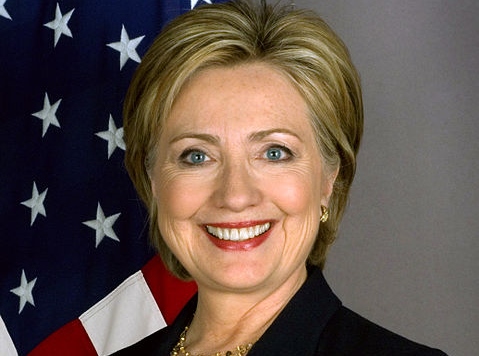By Peter Mueller, Guest Writer
Halloween has been celebrated in this country since the inception of colonial America, and all those costumes, candies and decorations to bring in October’s harvest cost Americans quite a sum.
Halloween is a major national holiday and is second in consumer spending behind Christmas. Children have traditionally been the primary participants in Halloween, but in the past three decades more and more adults have begun to take part.
According to the National Retail Federation, 161 million Americans say they are celebrating the holiday, and with those people spending an average of $70 per person, Halloween has become a big source of business.
In September and October, Halloween retail stores, known as pop-up retailers, find their way into vacant retail spots across the country. Four companies control the Halloween retail market: Halloween City, Halloween Adventure, Spirit and Halloween Express, all of which have identical business models.
Each company targets vacant retail space in high traffic areas near middle class neighborhoods with disposable income. An eight-week lease for these types of retail properties can range from $25,000 to $75,000 per month. Over the past decade, these retailers have become more professional with every year.
This has increased consumer interest, and has made property management firms diligent about providing real estate to pop-up retailers each year.
Competition in the business of Halloween is as fierce as a regiment of 9-year-olds draped in Iron Man costumes sparring against imaginary bad guys. Real estate is a critical priority for these four companies, particularly Spirit, which holds more than 600 retail stores come September.
More crucial for competition than the location of these pop-ups are the products they carry. Aside from the fake blood, decorations, plastic weapons and stereotypical Halloween costumes there are the “trendy” costumes.
The top five best selling costumes have been different every year due to new video entertainment characters, changes in pop culture and Internet trends. Some of this year’s top 10 costumes include the minions from the Universal Pictures film “Desipicable Me,” a Miley Cyrus costume and a yellow hazmat suit from AMC’s television series Breaking Bad, MarketWatch, a financial information website, reports.
Each company is pushed to predict what consumers want in a costume and stand to gain a substantial amount of market share if done successfully. In 2011, Halloween Adventure manufactured a large amount of hamster masks in the wake of a popular KIA commercial depicting hamster dancing and driving to electronic music, along with Muammar Gaddafi masks.
These two masks made the top 10 costume lists on several blogs and led Halloween Adventure to outsell competitors and post record profits.
These seasonal pop-up retailers may be short lived. Retail space vacancies have been on the decline, internet marketplaces are capturing more of the market every year, and other retailers are repositioning themselves to bring in consumers. Value Village, the secondhand clothing retailer, has repositioned itself to provide consumers with new Halloween merchandise and costumes to grab more Halloween participants.
Analysts expect consumers to spend nearly $7 billion on Halloween-related items this year, pushing these pop-up retailers to find more ways to provide the perfect costume for the upcoming holiday.


















